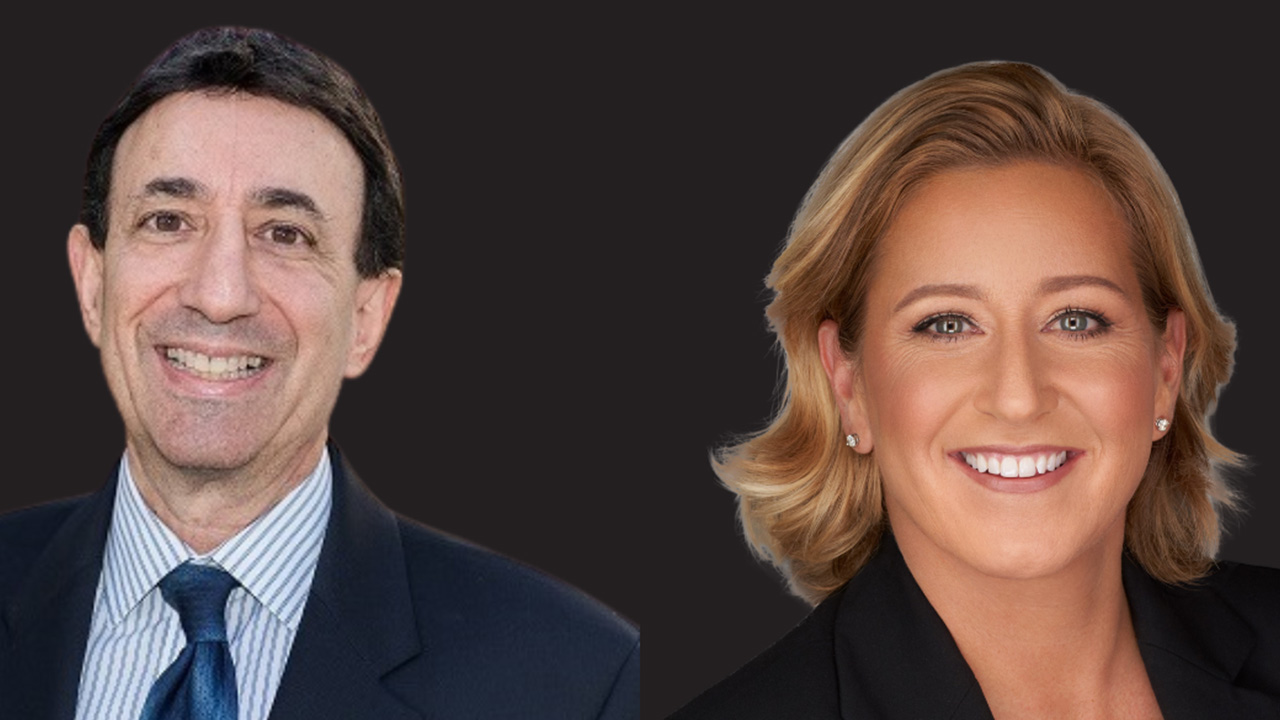Dear Readers: Over the past several months, I’ve received many questions about the Federal Reserve. This single response answers several dozen questions I’ve received.
In March 2016, Federal Reserve officials agreed they should begin selling their $3.5 trillion quantitative easing portfolio of mortgage securities toward the end of this year. Note that I wrote “should” rather than “will.” Also note that Fed officials haven’t agreed on how much of the $3.5 trillion in mortgage bonds they may sell or how quickly they may reduce their position. The Fed is extremely guarded on how it will reduce its massive bond position purchased via the 2007-10 quantitative easing strategy, which saved the banking system from collapse and many bank presidents from prison.
This terribly delicate problem is an overhang on the market. As the Fed was buying $3.5 trillion worth of bonds (from the big banks), the money supply increased by $3.5 trillion, giving the banks tons more cash than they could lend. There was so much excess money floating around the economy that interest rates collapsed, and some banks were charging depositors fees to hold their money. Meanwhile, all that cash went sloshing around the economy, begging for things to buy. So prices for art — including junk painted by such obscure lunatics as Yue, Bacon, Akashi, Watson and Haring — went ballistic. The stock market nearly tripled. Real estate prices detonated. Hermes, Versace, Fendi and Prada had record revenues. And Mercedes-Benz, Bentley, Aston Martin, BMW and Porsche couldn’t keep premium editions in their showrooms. All that sloshing money kept interest rates low and inflation nearly nonexistent. And the only Americans who got hurt were retirees who depended on interest f!
rom safe 5 percent certificates of deposit to pay for food, rent and insurance. Many of them were literally and figuratively skinned and burned by broksters selling variable and indexed annuities with promises of higher returns.
There’s going to be hell to pay when the Fed sells the trillions in mortgage bonds it bought nearly a decade ago. And when the Fed sells bonds back to the banks from which they were purchased (Citigroup, Wells Fargo, Bank of America, Goldman “Sucks,” etc.), the banks will return that money to the Fed by transferring trillions of the selling proceeds from their accounts to the Fed’s account. This will reduce the amount of cash available in the economy, and the declining money supply will make bank loans (interest rates) more expensive. The prospect of higher rates is an economic itch that investors are fearful of scratching. Bond prices are declining slightly. Income-sensitive issues — such as utilities, municipals, preferreds, business development companies, some exchange-traded funds, some closed-end funds and some master limited partnerships — will decline in anticipation of higher rates. Over the years, easy money and low rates have encouraged $1.4 trillion in student !
loans, $1.2 trillion in auto loans and $1.2 trillion in credit card balances, and a lot of those balances are in the “trouble” category. That $3.8 trillion (those loan rates will rise) exceeds the balances of all the troubled mortgage loans repaired by quantitative easing. And the Fed’s selling off even some of its $3.5 trillion worth of bonds will be a delicate task that could cause long-term rates to rise uncontrollably if not executed properly.
Federal Reserve Chairwoman Janet Yellen raised rates once in 2015 and once in 2016. In March, she raised rates for the third time since the financial crisis ended. There may be two more increases this year. It depends on how the economy performs and Yellen’s comfort with Treasury Secretary Steve Mnuchin. The economy has added jobs for 79 consecutive months, and the unemployment rate has fallen to 4.6 percent — a significant improvement from 10.1 percent, which was the highest rate during the Great Recession. So far, Yellen has done a yeoman’s job of guiding the economy. There are still confusing economic problems, and her term expires in January. However, Mnuchin, a brilliant Donald Trump appointee, has spoken frequently to and kindly of Yellen since he took office. And I’m willing to wager dimes to doughnuts that Trump would reappoint Yellen in January if she were to be willing.
Please address your financial questions to Malcolm Berko, P.O. Box 8303, Largo, FL 33775, or email him at [email protected]. To find out more about Malcolm Berko and read features by other Creators Syndicate writers and cartoonists, visit the Creators Syndicate website at www.creators.com.
COPYRIGHT 2017 CREATORS.COM
Main Navigation












